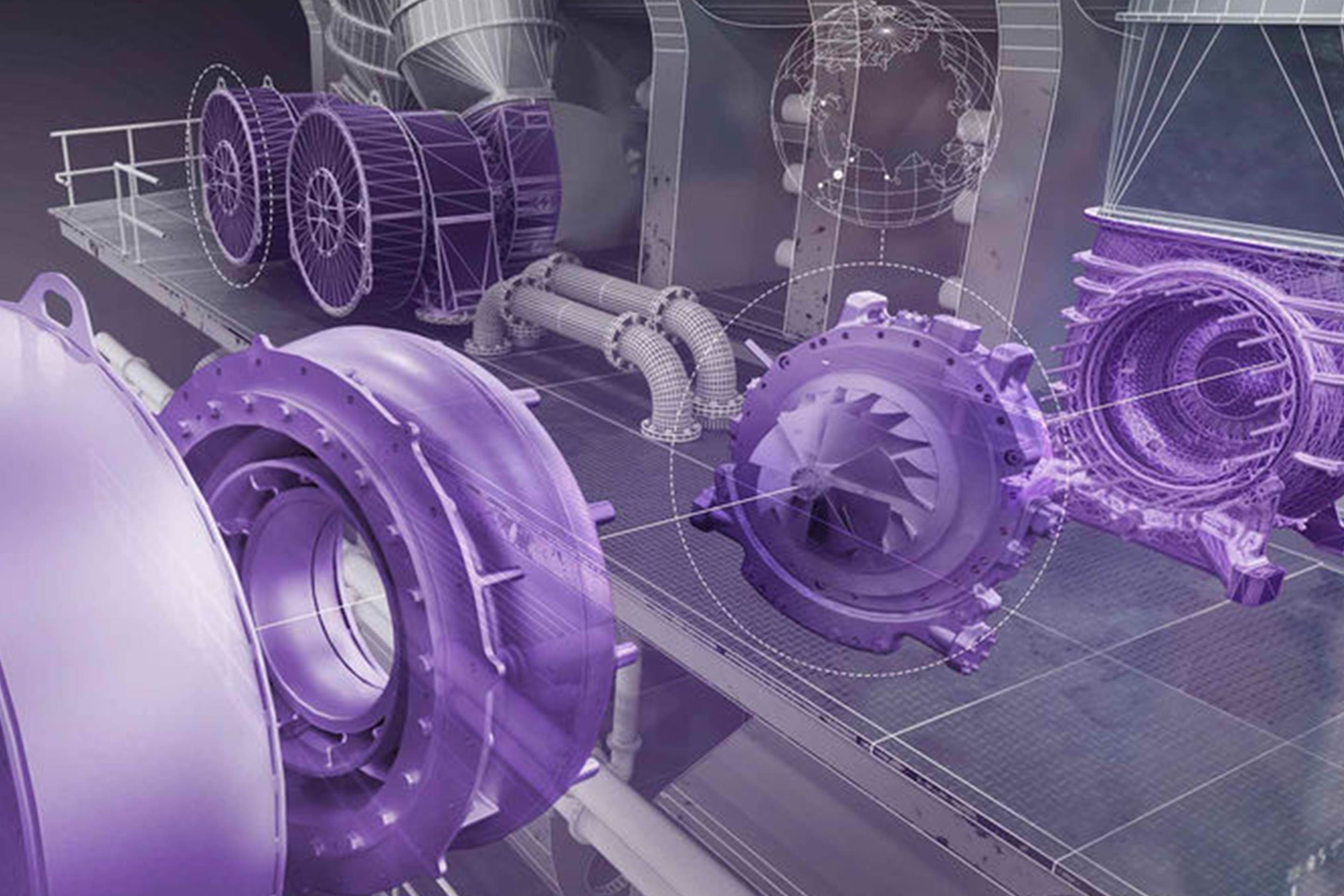Reducing complexity
Modularity is at the heart of the Accelleron ACCX300-L turbocharger series. The ability to switch out the entire turbocharger for either servicing or fuel upgrades is a key feature. As well as the reduced size of components, this is also supported by a dramatic reduction in the number of components that Accelleron needs to adapt.
The entire power range of low-speed engines is catered for by just two turbocharger sizes, as opposed to five sizes for the previous A200 series. This means that the company can focus on developing fewer versions of each product, and that the service exchange pool of each component can be applied to more vessels, improving availability for operators.
Reducing the complexity of the product portfolio in this way was only possible due to the component developments achieved under the Accelleron’s accelerated innovation process. The upper power ranges of large engines are catered for thanks to a new twin turbocharger concept – only achievable thanks to the greater power density of the ACCX300-L series – that can offer considerable weight and footprint advantages compared to a much larger single turbocharger.
Cutting down the number of components developed and deployed has other benefits too. Twin turbochargers means more flexibility in cut-out options, where turbochargers are stopped or run at lower speed to increase the pressure of scavenging and compression air. This flexibility will support ship operators as they seek to either run vessels at lower loads to reduce fuel consumption, or as they need to operate on expensive alternative fuels at maximal efficiency.
Fuel flexibility and an increased demand for mid-life upgrades are fundamental aspects of the move to decarbonised shipping. As developments at Accelleron and Wärtsilä, technology suppliers are working hard (and fast) to make those changes as simple as possible. For ship operators, the shift will necessitate closer collaboration with the companies whose technologies they use, and a longer term perspective – ideally from initial design stage – on their vessel’s technical pathway to zero emissions.



